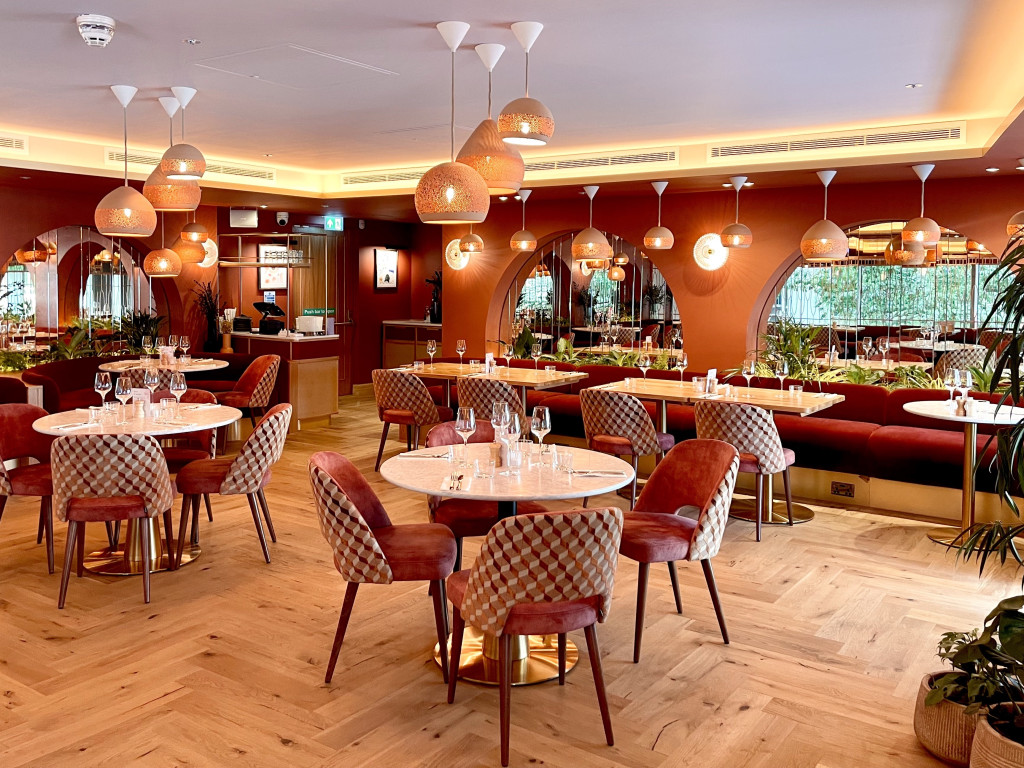3 Key Elements to Mastering Restaurant Layout and Design

Creating an unforgettable dining experience goes beyond culinary excellence; it's deeply rooted in the art of restaurant layout and design. For first-time restaurant owners, mastering the restaurant layout and design can seem like a complex puzzle. But with the right considerations and a touch of creativity, you can craft an environment that not only reflects your culinary vision but also ensures a memorable dining experience.
We believe there are three key elements you should break your layout and design into. Doing this helps you focus on what each area needs and allows you to get the flow between areas right both with the design and practicality.
The three key elements for any restaurant layout and design
It might seem obvious, but the layout and design of a restaurant are pivotal to its success. From the moment a guest steps in, every element, from the ambience to the ease of movement, plays a crucial role in shaping their dining experience. Below we dive into three key elements that will massively improve your restaurant.
1. The heart of your restaurant: the dining area
The dining area, the stage where your guests' culinary journey unfolds, deserves your utmost attention. It's essential to select materials and layouts that evoke a sense of warmth, relaxation, and friendliness. Using a restaurant designer can help you set the scene and tell your story effectively.
Remember, restaurants are social hubs; so, consider acoustics for comfortable conversations, and choose background music that enhances the ambience. The strategic arrangement of tables and selection of comfortable seating can significantly influence the overall mood and guest satisfaction.
2. Behind the scenes: the kitchen
While the dining area sets the scene, the kitchen is where the magic happens. A well-designed kitchen is crucial for efficient service and quality food preparation. It should be equipped with commercial-grade appliances tailored to your menu's demands.
The layout must facilitate smooth operations, whether you opt for a traditional closed kitchen or embrace the trend of open kitchens that allow guests to peek into the culinary process. Consequently, this forces you to consider the design and aesthetics of the kitchen much more as it needs to work with the rest of the restaurant.
3. Restrooms and exterior: the overlooked touchpoints
The restaurant layout and design extend beyond the dining and cooking areas. Restrooms, for example, may seem trivial but are a reflection of your restaurant's attention to detail and hygiene standards. Opt for materials and colours that signify cleanliness and invest in making this space as pleasant as possible.
Equally important is your restaurant's exterior. All of the areas mentioned above are irrelevant if you don’t entice your customers in by how your restaurant looks from the outside. It's the first impression guests have of your establishment. Thoughtful design elements like outdoor seating, greenery, and warm lighting can draw guests in.
Dive into the art of restaurant creation
Crafting your restaurant layout and design is a journey of creativity and strategic planning. From ensuring regulatory compliance to creating an inviting atmosphere and functional spaces, every detail contributes to success. By focusing on these key aspects and seeking professional advice, you're well on your way to creating a space where guests will love to return, time and again.
Managing Director
With a robust background in restaurant fit-outs, Mike Swift brings years of expertise to crafting unforgettable dining spaces. Known for blending functionality with style, Mike ensures every project not only meets regulatory standards but also captivates guests.


